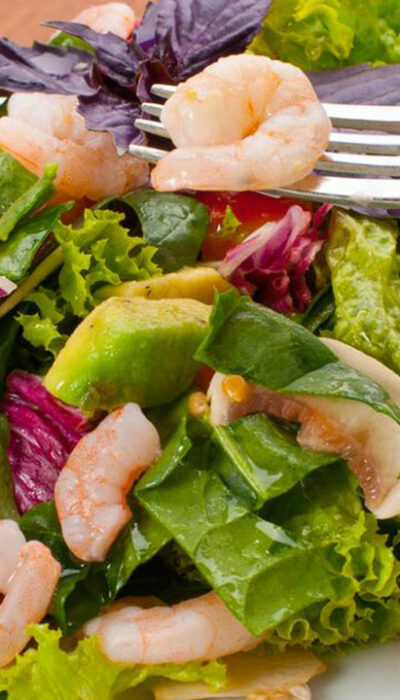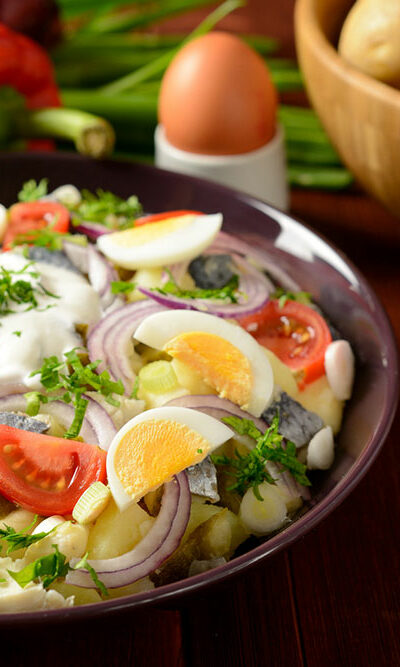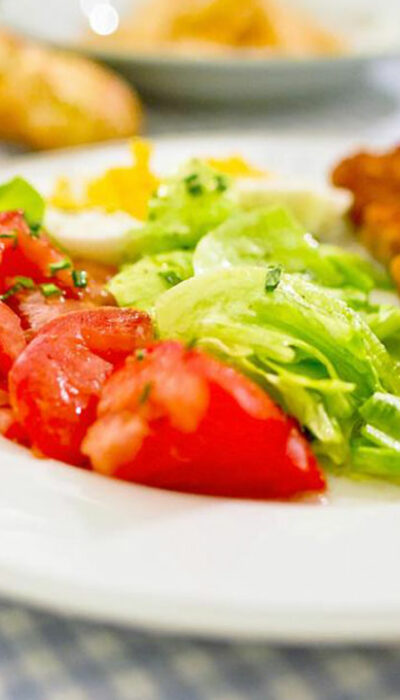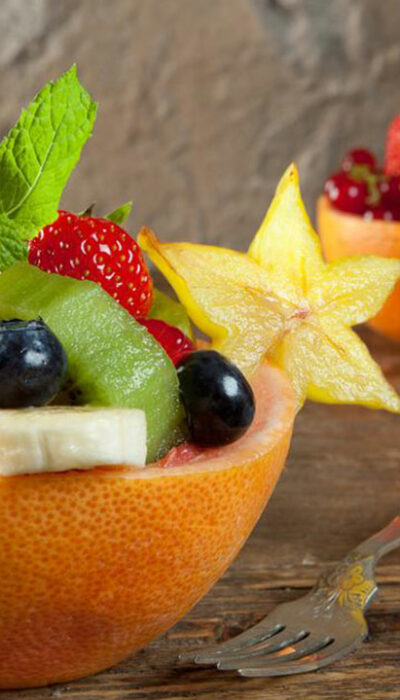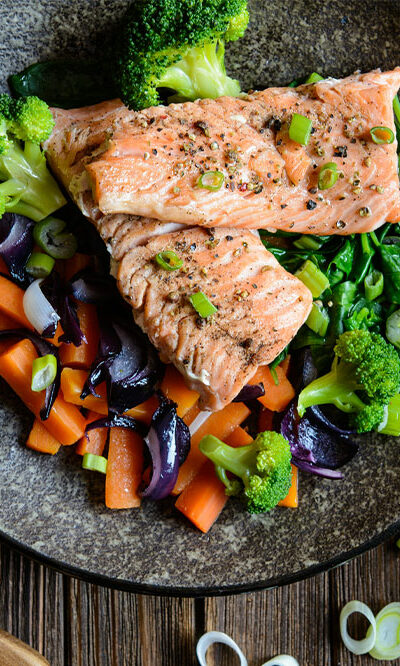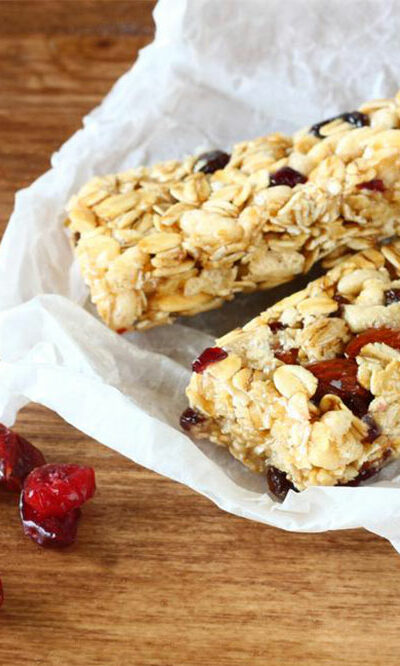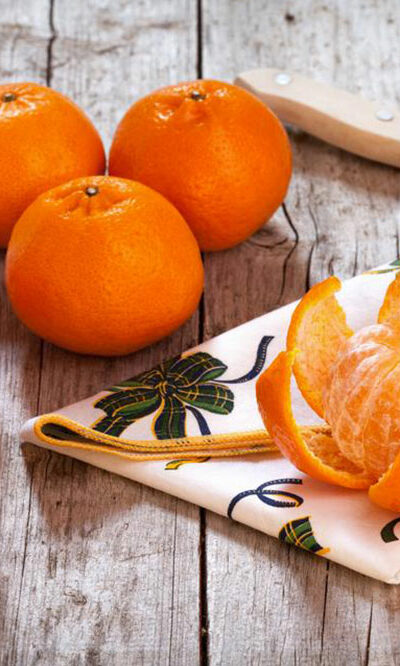
Nutritious Diet for a Healthy Gallbladder
The gallbladder is a small, pear-shaped organ located below the liver. It collects and stores bile, which is produced by the liver and releases it into the small intestine to aid the process of digestion. Majority of people seldom give a thought to the health of their gallbladder. Although unlike the liver, heart and the kidneys, the gallbladder isn’t really necessary for maintaining body health and proper functioning, yet it is an important body organ. There are varieties of foods that keep the gallbladder healthy while there are some that increase the likelihood of problems like gallstones or inflammation. These problems can trigger agonizing symptoms such as nausea, vomiting, bloating and abdominal pain. Such a scenario often leads to surgery, where the gallbladder is removed. Therefore, it is important to consume a healthy gallbladder diet to promote good health and keep problems at bay. Although diet doesn’t have a direct impact on gallbladder problems, watching what one eats and maintaining a healthy body weight can help to prevent the formation of gallstones and consequently, avoid the discomfort they cause. Diet and gallstone risk Diets that are high in fat and cholesterol and low in fiber are more likely to result in gallstones. Also, the risk of gallstones is much higher in people who are overweight and obese. If one is overweight and wishes to lose the extra pounds, then it should be done gradually. Following crash diets can also cause the liver to release more cholesterol into the bile, upsetting the normal balance of bile salts and cholesterol. This extra cholesterol can form crystals, leading to gallstones. Diet for a healthy gallbladder A healthy gallbladder diet is full of fruits and vegetables. Both are extremely rich sources of nutrients and fiber, the latter of which is essential to promote gallbladder health.
